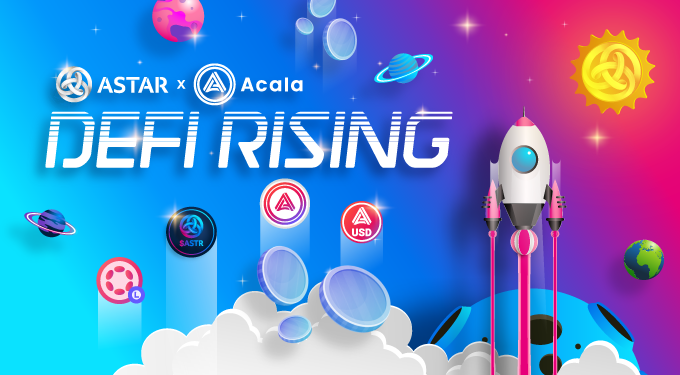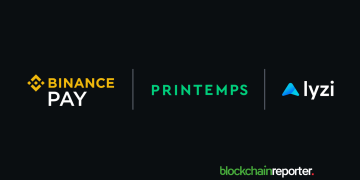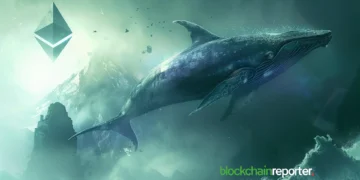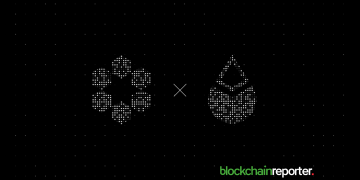Polkadot’s development hub Astar Network is ecstatic to establish a collaboration with the industry-leading DeFi network Acala to significantly enhance Polkadot’s DeFi capabilities. The “Astar x Acala DeFi Rising” program has been launched as a result of collaboration between the two main parachains, which will provide developers with exposure to innovative opportunities and incentives.
The rapidly expanding ecosystem of decentralized applications (dApps) on Astar relies heavily on the range of adaptable financial products provided by Acala. These products support the Polkadot network. The partnership will make it possible for developers to build on Astar’s thriving DeFi infrastructure using Acala-native assets such as aUSD, LDOT, and ACA. In exchange for their contributions, the developers will receive additional ACA and supplementary incentives from the numerous Astar ecosystem teams.
According to Bette Chen, co-founder of Acala:
“With Acala, we have built a DeFi app-chain to provide products like aUSD to other networks in the Polkadot ecosystem and broader Web3 space. Our deep integration with the Astar team is very exciting for us as we look to help accelerate the growth of Astar’s strong DApp ecosystem with aUSD liquidity and cross-chain use cases.”
Leading The Polkadot Ecosystem To Create Multichain Use Cases
Acala is a DeFi network that powers financial apps on Polkadot. It is also the home of aUSD, which is the de facto stablecoin for the Kusama and Polkadot ecosystems. Acala’s portfolio of DeFi products includes the recently unveiled liquid staking, which enables users to stake DOT tokens on the relay chain to assure security while remaining liquid with LDOT – a token backed by staked DOT. Liquid staking was one of the first features to be released as part of Acala’s DeFi product suite.
The DeFi Rising initiative is the first step towards a flourishing DeFi ecosystem, and it does this by using the power of Astar’s Cross-Consensus Messaging Format (XCM) to carry out trustless and decentralized cross-chain transfers. This partnership marks the beginning of the first official campaign to be carried out by significant Polkadot parachains in the ecosystem. As was the case previously, Acala and Astar will jointly lead the Polkadot ecosystem and develop multichain use cases.
This relationship is also the first step for both companies in demonstrating the value of trustless Polkadot bridges (XCM) and developing the multichain dApps of the future. In order to establish Astar as the future of smart contracts for multichain, it is necessary to have deep liquidity of institutional-grade assets for builders to work with. Examples of such assets include aUSD and LDOT. Astar developers can construct new dApps using Acala’s dependable assets. In exchange, the Astar ecosystem will provide the early use cases required for widespread aUSD acceptance across future multichains.
Enhancing Development On Polkadot And Kusama Parachains
Applications are currently being accepted for Acala’s $250 million aUSD Ecosystem Fund and Astar’s SpaceLabs initiative from projects that will add utility to aUSD on Astar Network. The $250 million aUSD Ecosystem Fund helps early-stage entrepreneurs developing stablecoin applications on Polkadot or Kusama parachains. It is looking for apps based on Solidity or Substrate that will drive yield or utility for aUSD. These applications might include money markets, DEXs, derivatives, asset management, DAOs, payments, or any number of other use cases.
Acala is a decentralized financial network that supports the aUSD ecosystem. The fundamental product, Acala USD, is a decentralized, multi-collateral, crypto-backed stablecoin that serves as the ecosystem’s original stablecoin. A trustless staking derivative known as liquid DOT (LDOT) is one of the built-in DeFi protocols that application developers can utilize on Acala’s Ethereum-compatible blockchain. Other built-in DeFi protocols include a decentralized exchange, a hybrid EVM that offers completely Ethereum-compatible development environments, and full compatibility with Substrate.
In addition, Astar Network facilitates the development of dApps with EVM and WASM smart contracts and enables developers’ real interoperability with cross-consensus communications (XCM). Astar’s innovative Build2Earn approach enables developers to be compensated for the code they write and dApps they construct through a dApp staking mechanism.
On the other hand, all of the main exchanges and top-tier venture capital firms have shown their support for Astar’s thriving ecosystem, which has enabled it to become Polkadot’s leading Parachain globally. Astar provides developers with the versatility of all Ethereum and WASM toolings, allowing them to get a head start on designing dApps. Astar SpaceLabs offers an Incubation Hub for leading TVL dApps to boost growth on Polkadot and Kusama Networks.























